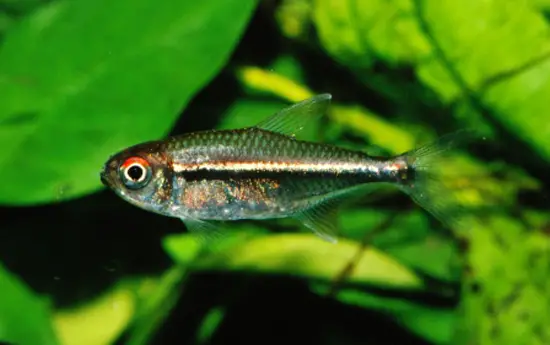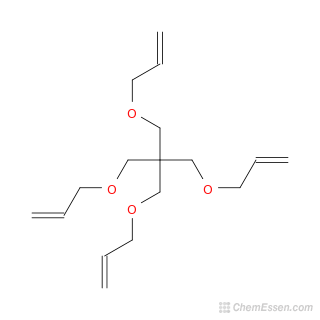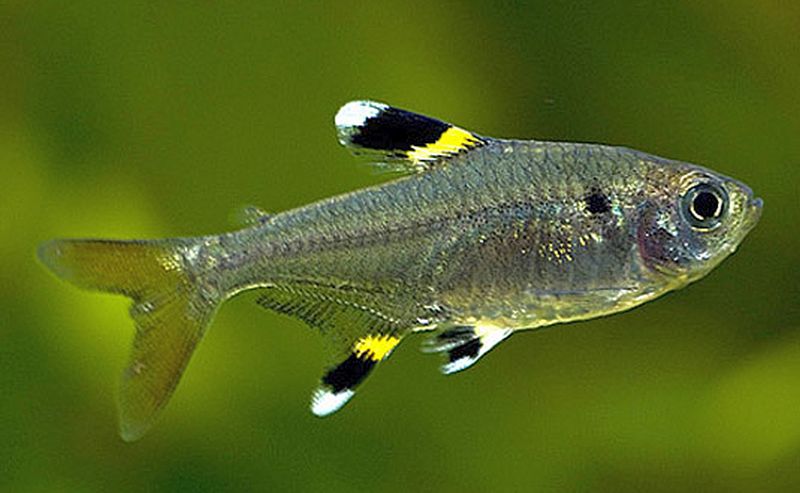

R., CNOT gate operation on a photogenerated molecular electron spin-qubit pair. R., Selectively addressable photogenerated spin qubit pairs in DNA hairpins. Exploiting chemistry and chemical systems for quantum information science. Charge-transfer biexciton annihilation in a donor-acceptor co-crystal yields high-energy long-lived charge carriers. Mixed electronic states in molecular dimers: Connecting singlet fission, excimer formation and symmetry-breaking charge transfer. Symmetry-breaking charge separation in the solid state: tetra(phenoxy)perylenediimide polycrystalline films. Influence of vibronic coupling on ultrafast singlet fission in a linear terrylenediimide dimer. Controlling the dynamics of three electron spin qubits in a donor-acceptor-radical molecule using dielectric environment changes. Interaction of photogenerated spin qubit pairs with a third electron spin in DNA hairpins. Wasielewski’s research centers on light-driven processes in molecules and materials, artificial photosynthesis, molecular electronics, quantum information science, ultrafast optical spectroscopy, and time-resolved electron paramagnetic resonance spectroscopy.
Program Assistant: Hamilton Hall Professor of ChemistryĮxecutive Director, Institute for Sustainability and Energy at Northwestern (ISEN)ĭirector, Center for Molecular Quantum Transduction (CMQT) Research Statement. Research Centers, Institutes, and Facilities. Postdoctoral Fellows and Visiting Scholar Process. Areas of Research ExpandAreas of Research Submenu. Graduate & International Relations Program. Tetra chemistry professional#
Professional Development ExpandProfessional Development Submenu. Current Students ExpandCurrent Students Submenu. Incoming Students ExpandIncoming Students Submenu. Program Requirements & Financial Support. Prospective Students ExpandProspective Students Submenu. Courses & Curriculum ExpandCourses & Curriculum Submenu. Undergraduate ExpandUndergraduate Submenu.  Weekly Bulletin ExpandWeekly Bulletin Submenu. 2019 Newsletters Expand2019 Newsletters Submenu. 2020 Newsletters Expand2020 Newsletters Submenu. 2021 Newsletters Expand2021 Newsletters Submenu. 2022 Newsletters Expand2022 Newsletters Submenu. Rule #5- When there are 2 different side chains name them in alphabetical order using the carbon prefix (meth, eth.). You better have 3#'s when you have the tri prefix. Since we have 3, one carbon side chains, it is called "trimethyl". 3+3 always use the lowest numbers.Īgain, each side chain gets a number. (NOTE numbers and letters are separated by a hyphen)ĭid you notice we had to number from the right? If we named from the left it would be 3,3-dimethyl butane.Ģ+2 vs. You may have to number the longest chain from the right side to find the lowest number. Rule #4 When necessary use the lowest number to give the location of each side chain. WAIT.these are different structures with the same names. Rule #3- Multiple side chains will use prefixes 2 is di-, 3 is tri-, 4 is tetra- and so on.Ģ separate, one carbon side chains is dimethyl The longest chain is 3 carbons, so "propane". They are placed before the longest chain when naming. Rule #2- Remaining side chains will be given the ending -yl. Rule #1- Name the longest continuous chain of carbon atoms, and end it with -ane. Naming Compounds- Ignore all the hydrogen's. Makes for a good multiple choice question. The first 3 alkanes have no isomers (they can only be drawn 1 way). So let's look at the structural formulas and name each. You never really know how the molecule is constructed. Homologous Series- Did you notice that as you go down from CH 4 to C 2H 6 (and so on) the next member is different by 1 carbon and 2 hydrogen? The general formula is C nH 2n+2, n is the number of carbons is used to determine the number of hydrogen atoms.
Weekly Bulletin ExpandWeekly Bulletin Submenu. 2019 Newsletters Expand2019 Newsletters Submenu. 2020 Newsletters Expand2020 Newsletters Submenu. 2021 Newsletters Expand2021 Newsletters Submenu. 2022 Newsletters Expand2022 Newsletters Submenu. Rule #5- When there are 2 different side chains name them in alphabetical order using the carbon prefix (meth, eth.). You better have 3#'s when you have the tri prefix. Since we have 3, one carbon side chains, it is called "trimethyl". 3+3 always use the lowest numbers.Īgain, each side chain gets a number. (NOTE numbers and letters are separated by a hyphen)ĭid you notice we had to number from the right? If we named from the left it would be 3,3-dimethyl butane.Ģ+2 vs. You may have to number the longest chain from the right side to find the lowest number. Rule #4 When necessary use the lowest number to give the location of each side chain. WAIT.these are different structures with the same names. Rule #3- Multiple side chains will use prefixes 2 is di-, 3 is tri-, 4 is tetra- and so on.Ģ separate, one carbon side chains is dimethyl The longest chain is 3 carbons, so "propane". They are placed before the longest chain when naming. Rule #2- Remaining side chains will be given the ending -yl. Rule #1- Name the longest continuous chain of carbon atoms, and end it with -ane. Naming Compounds- Ignore all the hydrogen's. Makes for a good multiple choice question. The first 3 alkanes have no isomers (they can only be drawn 1 way). So let's look at the structural formulas and name each. You never really know how the molecule is constructed. Homologous Series- Did you notice that as you go down from CH 4 to C 2H 6 (and so on) the next member is different by 1 carbon and 2 hydrogen? The general formula is C nH 2n+2, n is the number of carbons is used to determine the number of hydrogen atoms. 
The rule for naming is they all end with "-ane". I am going to take you through all the isomers of methane through octane.Īlkanes- Are saturated (all single bonds) hydrocarbons (hydrogen and carbon only). If you just want the rules click here=> RULES.

I found over the years that just giving the rules is overwhelming for naming organic compounds.








 0 kommentar(er)
0 kommentar(er)
